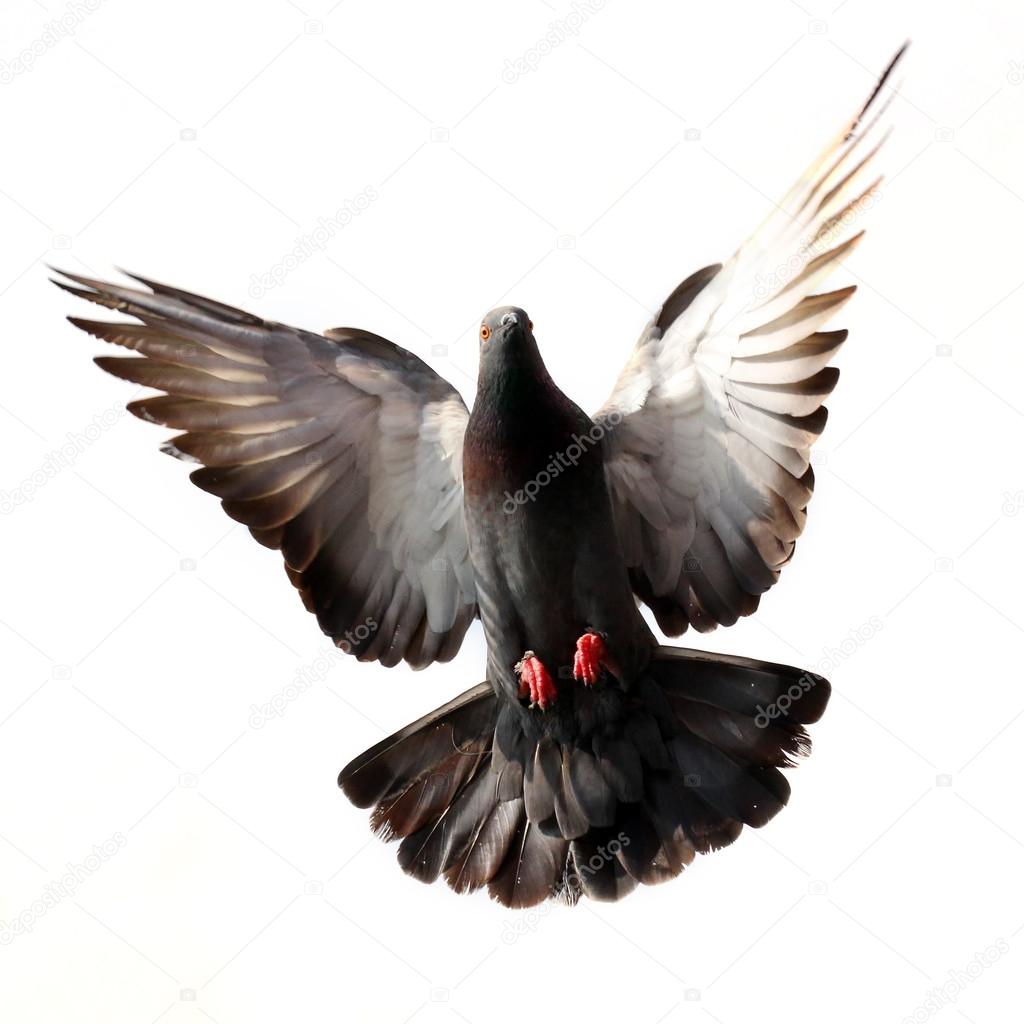It has many names such as light or dapple check on barless and or bared pattern birds, dark pencil or dapple on checker patterns as well as Strawberry when seen on ash red. In reality, all such birds are carrying the same Sooty gene. Their differences in appearance is the result of Sooty effect being combined with the various pattern genes. In other words, it is simply being displayed over differently marked patterns with in turn changes the birds appearance.
Left is the effect of Sooty on Blue, on Brown it is very similar. Right is Sooty on an Ash Red which is also called Strawberry.
Sooty is a recessive gene. However, it was originally reported to be a dominant mutation but has since been reclassified as a recessive. It takes two factor for it to show. If a bird doesn't show it, then it may be a carry of it. Therefor two non sooty birds can produce a sooty youngster. However, for that to happen both parents must also be carriers(heterozygous) for one sooty gene each for it to display on their sooty offspring. Normally, on the juvenile plumage, sooty is not displayed but molts in with their first adult molt. Often young birds with black lacing on their wing shields are mistakenly called sooty. This form of lacing is different from the true sooty mark which is a darkening of the center of the wing shield covert feathers as shown on the blue sooty above. There are various factors that will cause this black lacing on juvenile birds but most will disappear with their adult molt. Sooty is just the opposite as it can increases with age.
'Dirty' or 'Verdunkel' (V) will darken the bird and enrich its colors. Since Dirty is a autosomal dominant only one gene is necessary to produce this dark phenotype. In the nest, young squabs which carry this modifier can easily be recognized by their very black colored beak, toes, legs, and skin. While it's true that most blues have black beaks and toes, Dirty is even darker. Their leg scales are seen as jet black.
Here is a fine example of a young dirty, photo by Dina Mergeani.
However, as they leave the nest, their legs begin to turn red as do all pigeons. Why is this? Well according to Dr. Hollander, its the result of a class of fat-soluble compounds including carotene. He explains that squabs or young pigeons normally don’t have enough of this material to bring on the red coloration. Blue or wild type squabs contain brownish-black melanin. As the bird matures, the melanin is eliminated and carotenoid pigments accumulate turning the color from black to red. Since wild free flying pigeons are exposed to more sun light than caged birds, their legs may sunburn and become an even deeper red color.Some color mutations such as Almond, Faded, and Recessive White tend to lessen the amounts of skin melanin which in turn produces the opposite effect for lighter colored legs and feet in squabs. The only mutant gene which produces an increases in melanin is Dirty. This increase in melanin is why young squabs carrying Dirty will have jet black feet. Just the same, in a few weeks with the build up of carotenoid pigments and other fats these too will turn red. In other words, you will only find black feet on young birds. That is not to say that all young will have black feet but all true wild types and all Dirty modified birds will. In addition, pigeons with the dominant gene know as Dirty will have the blackest feet of all. Neither Smoky nor Sooty will increase the normal amounts of this black condition.
White Homer Pigeons For Sale
Dirty is useful to enhance some color combinations but it can interfere with the clarity and definition of others. It works well with spread black, brander-bronze, and recessive-red. On both blue and ash red it lives up to its name since the bird takes on a dirty or darkened appearance. On brown it simply improves the color richness.
Note the difference in color shades between the wild type blue and a dirty blue
This is a typical young dirty bluebar. Note its beak, feet and body color. It is much darker than a wildtype blue. Also note that this bird has a Tic Eye. It’s the small white spot at the end of the eye, which resembles a teardrop. Tic Eye seems to be associated with Dirty. Back To Start Page
Copyright 1999 by Ronald Huntley.
Permission is granted to download or copy for non-commercial individual use only.
The author retains all other rights under copyright.Homer Pigeon Images Downloads
Ronald R. Huntley
Web Page Designer
Duncan SC, 29334


